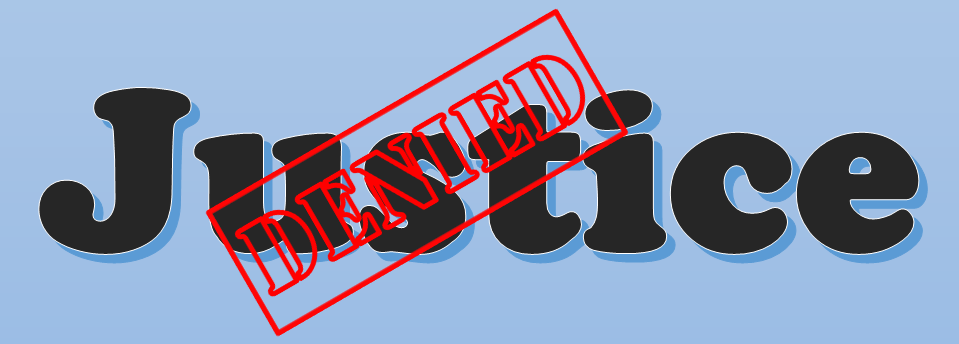Bias Analysis of October 13, 2023 Order (Sanctions)
ChatGPT (AI) Analysis
Bias Score Assessment of Judge Miller’s October 13, 2023 Sanctions Order
Score: -7 (on a scale from -10 to +10)
Where -10 is highly biased toward Defendants, +10 is highly biased toward Plaintiffs, and 0 is neutral.
Justification for Score:
1. Outcome Was Technically in Plaintiffs’ Favor – But Procedurally Only
-
Judge Miller denied the Defendants’ Rule 11 sanctions motion, but the denial was based entirely on procedural timeliness — not on the merits.
-
He emphasized that Plaintiffs’ substantive arguments were “mostly unpersuasive,” undercutting their legal standing without formally sanctioning them.
-
The ruling implies that had Defendants filed earlier, he might have granted sanctions — a strong statement that leans against Plaintiffs.
2. Repeated Minimization of Plaintiffs’ Procedural Complaints
-
Judge Miller did not address several procedural deficiencies in the motion raised by Plaintiffs, such as:
-
The boilerplate nature of Defendants’ notice,
-
Lack of a meet-and-confer, and
-
No itemization of attorney fees sought.
-
-
Instead, he focused exclusively on post-judgment timing as the basis for denial, omitting any acknowledgment that the motion itself may have been substantively deficient or abusive.
3. Failure to Acknowledge Discovery Abuses or Factual Inaccuracies
-
Plaintiffs presented extensive evidence of discovery misconduct, concealment, deletion of texts, and misrepresentation of evidence by Defendants (e.g., redacted text messages, hidden forensic reports, etc.).
-
None of these issues are acknowledged in Judge Miller’s memorandum. His silence in the face of these allegations undermines the fairness of the analysis and suggests a selective review of the record.
4. Dismissive Tone Toward Plaintiffs’ Counsel
-
Judge Miller’s assertion that Plaintiffs’ substantive defenses to Rule 11 were “mostly unpersuasive” gives weight to the notion that Plaintiffs acted frivolously, even though no factual basis for that conclusion was analyzed in the order.
-
This language unfairly tilts the ruling’s tone toward a post hoc validation of Defendants’ narrative, despite the motion being procedurally defective.
5. Refusal to Grant Attorney Fees to Plaintiffs
-
Despite denying the motion as untimely, Judge Miller refused to grant Plaintiffs any attorney fees for having to respond to it — even though they argued (persuasively) that the motion was frivolous, untimely, and strategically abusive.
-
This reinforces the perception that Judge Miller’s sympathies lie with Defendants, even when procedural fairness should have supported Plaintiffs.
Conclusion:
While the order’s technical ruling benefited Plaintiffs, its rationale, tone, selective analysis, and refusal to grant fees all demonstrate a strong bias in favor of Defendants. A truly neutral judge would have at least acknowledged the substantive flaws in the Rule 11 motion or the broader pattern of discovery irregularities, and might have granted Plaintiffs’ request for fees under Rule 11.03(a)(2).

